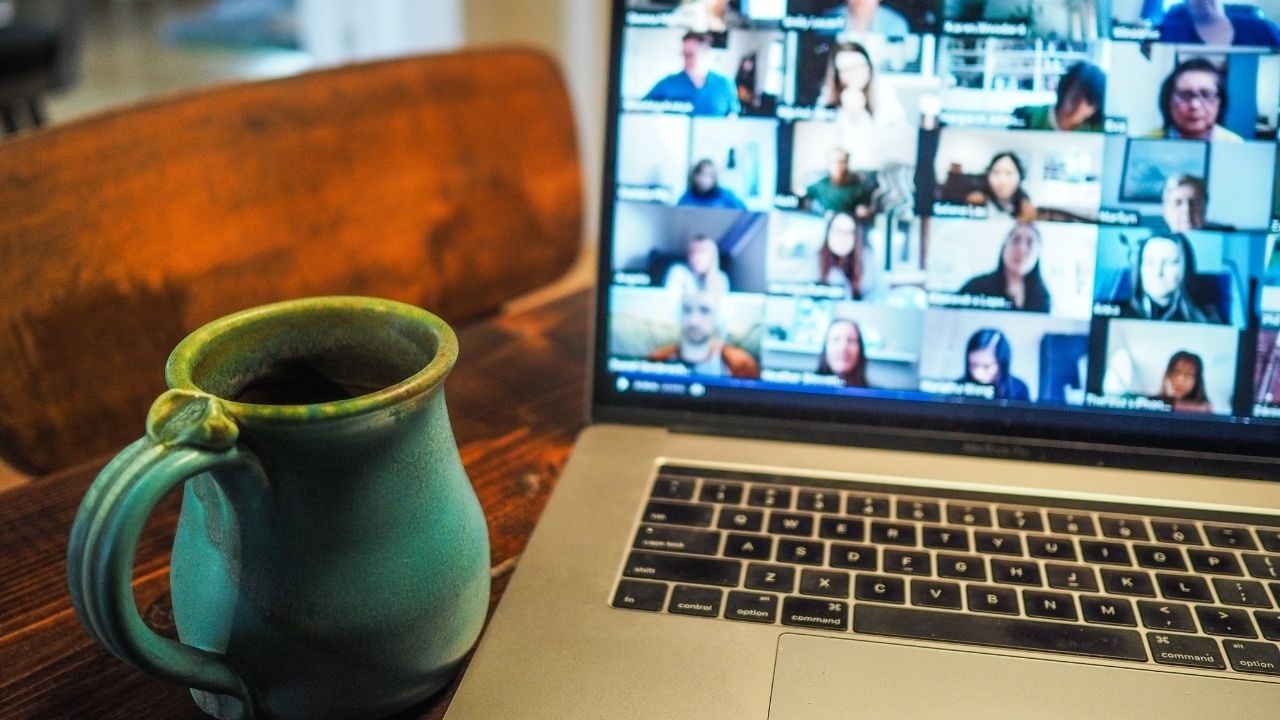How to Introduce a Guest Speaker

I'd like to introduce a man with a lot of charm, talent, and wit. Unfortunately, he couldn't be here tonight, so instead . . .
–– Melvin Helitzer
By John Millen
One of the most frequent requests I get is for tips on how to introduce a guest speaker, especially now that in-person presentations are rebounding.
This is understandable because we are so seldom asked to perform this ritual and an introduction is so easy to mess up.
We’ve all seen it:
- The introduction seems to last longer than the speech
- The person who reads word-for-word a long biography exactly as it is printed in the program
- The introducers who make it more about themselves than the speaker
These are just a few examples of how the simple act of welcoming someone to the stage or onto Zoom can go awry.
With this in mind, here are my seven best tips to help you next time you’re called upon to make an introduction. These tips also apply to introducing a new member of your team.
1. Keep it brief
Your job is to set the tone and to transition the person to the audience. Your introduction should be clear, concise, and focused. In most cases, 60 to 90 seconds should be your goal, with some introductions shorter and some longer depending on the situation.
2. Do your research
You may have the speaker’s bio, but you should still do some homework before the event. Go online or talk to people who know the guest. Your goal should be to learn what is most interesting about this person.
If possible, talk with the person ahead of time. You’ll not only make a connection, but you can ask how the person would like to be introduced.
If the biography is in the program, point that out and then cover a few highlights that you believe are most relevant and compelling to your audience.
3. Make it personal
You may receive a bio or a written introduction for some speakers. As a professional speaker and trainer, I have short- and medium-length introductions ready to go.
If you receive one of these for a speaker, it’s most effective to personalize it based on your experiences. It could be from your research, from a colleague who has praised this speaker, or from your own interactions with this person. A brief story can have a huge impact in effectively kicking off the talk.
I always appreciate it when I’m introduced with a personal touch. This helps me to develop an intimate relationship with the audience more quickly.
4. Don’t steal the show
While it’s good to make a personal connection with the speaker, it’s also important to avoid making it about yourself. You can talk about your personal experience briefly, but then quickly transfer attention to the speaker.
5. Practice your intro
It’s good to rehearse your introduction, making sure that what reads well on paper sounds good when spoken. Practicing out loud will help you feel comfortable and confident. I tell my coaching clients that reading is not rehearsing. It doesn’t count unless the words are spoken from your lips.
Life-saving pro tip: Make sure you have the correct pronunciation of the speaker’s name. Few things will be more embarrassing for you, and awkward for the speaker, than mispronouncing the person’s name. Write down the specific pronunciation of the person's name.
6. Establish the speaker’s authority
It’s important for you to establish the speaker’s credibility as an expert on the topic and their relevance to this audience. Whether you’re in a small meeting or at a convention, it’s critical to connect the audience’s needs and interests with the speaker’s talk. People always want to know, “why should I care about what this person will say?”
7. Show your excitement for the speaker
How you introduce a speaker can set the tone not only for the speech but for your entire event. Too many introductions are lukewarm, merely going through the motions.
If you’re excited about what comes next, you need to let people know, through your voice, your body language, and your facial expressions. Bring some energy to your introduction, ask for a warm welcome, and lead the applause.
Stay focused with your eyes and body toward the speaker and smile and welcome that person like an old friend you haven’t seen in a long time.
The art of the introduction is not easy, but with some planning and practice, you can create a warm welcome that makes all the difference.








